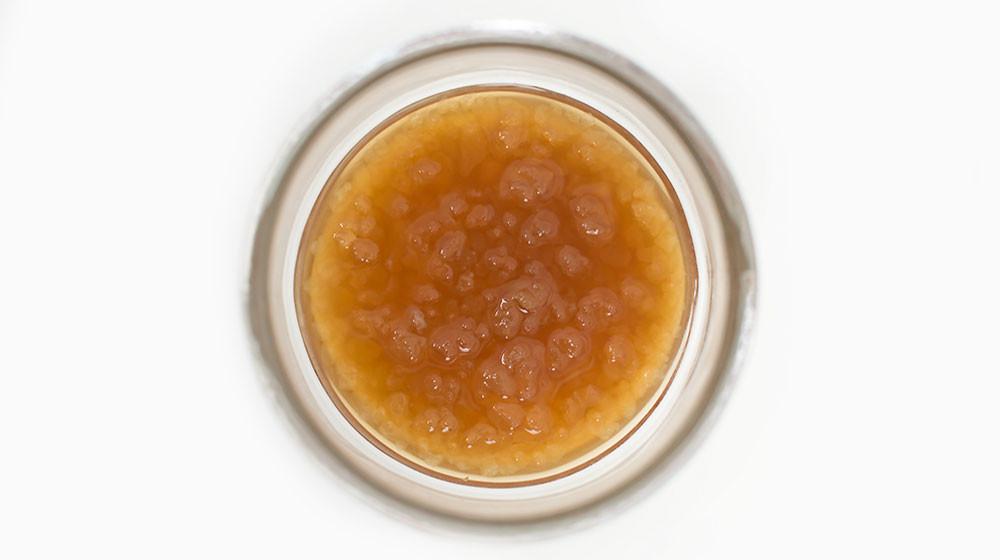COCONUT KEFIR // DIY coconut water kefir

"To ferment your own food is to lodge a small but eloquent protest—on behalf of the senses and the microbes—against the homogenization of avors and food experiences now rolling like a great, undi erentiated lawn across the globe. It is also a declaration of independence from an economy that would much prefer we remain passive consumers of its standardized commodities, rather than creators of idiosyncratic products expressive of ourselves and of the places where we live, because your pale ale or sourdough bread or kimchi is going to taste nothing like mine or anyone else’s.”
- Michael Pollan, Cooked: A Natural History of Transformation
The powers of fermentation are no secret. Fermentation is one of the oldest and most treasured forms of food production and preservation. Many of our most common delicacies come from the fermentation and aging process—wine, cheese, sauerkraut, miso, chocolate, coffee beans, and yogurt are all examples of fermented foods that we consume regularly or are familiar with. When foods were less clean and refrigeration didn’t exist, fermentation was a technique that preserved foods and enhanced their nutritional value.
Consuming fermented foods, is also one of the greatest beauty secrets. We are starting to understand that many of our greatest health problems- both internally and externally (think inflammation, acne, dry skin etc.) come from an imbalance in our gut microbiome. Consuming quality ferments is one of the best things you can do to balance it all out, and there is no better quality than rolling up your sleeves and trying to do a little fermenting yourself.
No need to be intimidated! Fermenting is really fun, and deeply satisfying.
This recipe is for Coconut Water kefir, one of the more simple recipes + perfect for the summer. I like to order grains from Cultures for Health. They have great quality, and are super helpful if you have any questions.
COCONUT WATER KEFIR
Coconut water kefir is the only true non-dairy form of kefir (because water grains are used instead of dairy-based grains), but the health benefits are similar. Water kefir is lighter and a little less intense than milk kefir. If you drink kombucha, beer, or wine, you’ll notice similarities in the flavor profiles.
Water kefir grains feed on the sugars in coconut water; they can also be used in any kind of juice or sugar water. Once the grains are alive, you must continue to tend to them or they will die. As with all kefir, it is important not to contaminate the grains and to make sure none of the ingredients involved come in contact with any metal.
4 cups coconut water (raw is best, but pasteurized coconut water will work as well)
1/4 cup activated water kefir grains*
*To activate grains: Dissolve 1/4 cup coconut crystals in 3–4 cups hot water. Let water cool before adding the grains. Allow to sit at room temperature for 3–4 days until the grains become translucent and plump and look lively.
Strain off sugar water using a non-metal strainer. The grains are now ready to be used immediately. Between fermentations, feed the grains with the strained sugar water mixture; this keeps them alive and thriving. The grains will multiply over time, so there will always be a fresh batch to brew.
Pour coconut water into a glass jar. Add activated grains and stir with a non-metal spatula. Cover jar to prevent contamination and allow mixture to brew at room temperature for 24–48 hours. Once kefir is fermented (it will taste tart, and be lightly bubbly), pour through a plastic sieve to strain. Store kefir in a glass jar at room temperature or in the refrigerator to keep chilled. It is now ready to be savored and served.
Makes 4 cups.
**Water kefir can last up to two to three weeks in the refrigerator.








